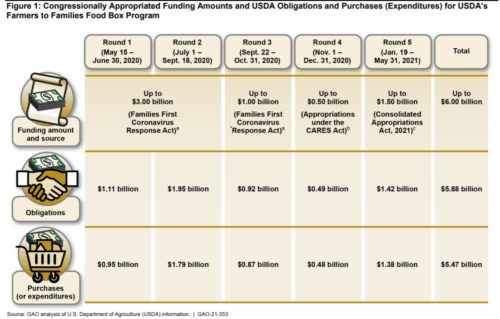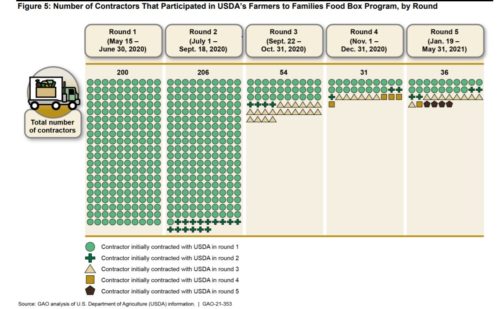What’s up with African Swine Fever?
What got my attention was this headline: The World’s Deadliest Pig Virus Creeps Closer to the U.S.
The Western Hemisphere registered its first outbreak of African swine fever virus in almost 40 years on July 28 at pig farms in the Dominican Republic. By September the devastating disease had been found in neighboring Haiti. Now the U.S., the world’s largest pork producer after China, is scrambling to keep the malady from washing ashore and shutting down its $7.7 billion pork export industry.
Unless you are a pig farmer, you probably don’t know much about this disease. According to the USDA,
African swine fever is a highly contagious and deadly viral disease affecting both domestic and feral swine of all ages. ASF is not a threat to human health and cannot be transmitted from pigs to humans. It is not a food safety issue…It has never been found in the United States – and we want to keep it that way.
Why?
ASF is a devastating, deadly disease that would have a significant impact on U.S. livestock producers, their communities and the economy if it were found here. There is no treatment or vaccine available for this disease. The only way to stop this disease is to depopulate all affected or exposed swine herds.
“Depopulate” is a euphemism for slaughtering the pigs. Hence the concern about its likely entry into the U.S.
I get an almost daily newsletter, African Swine Fever Update with frequent updates on where the virus is doing its worst.
But now hopeful news: USDA’s ASF vaccine candidate successful in tests
USDA has been working on a vaccine and just announced its success.
Newly published USDA research, as highlighted in the journal Transboundary and Emerging Diseases, shows that ARS scientists have developed a vaccine candidate with the ability to be commercially produced while still maintaining its vaccine efficacy against Asian ASFV strains when tested in both European and Asian breeds of swine…The onset of immunity was revealed in approximately one-third of the swine by second week post-vaccination, with full protection in all swine achieved by the fourth week.
So, Covid vaccines for us, ASF vaccines for pigs. Let’s go for both!




